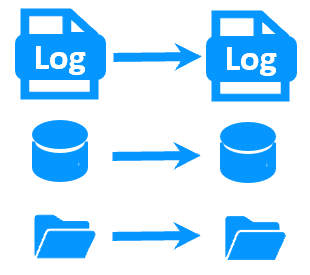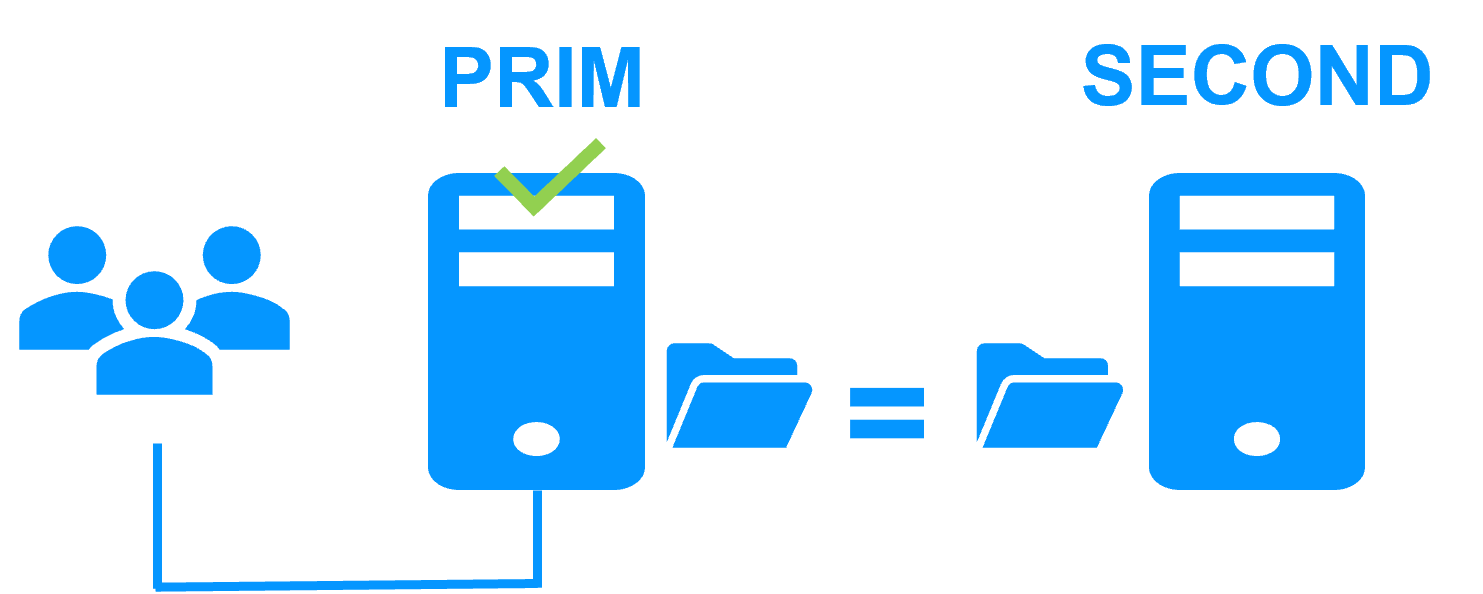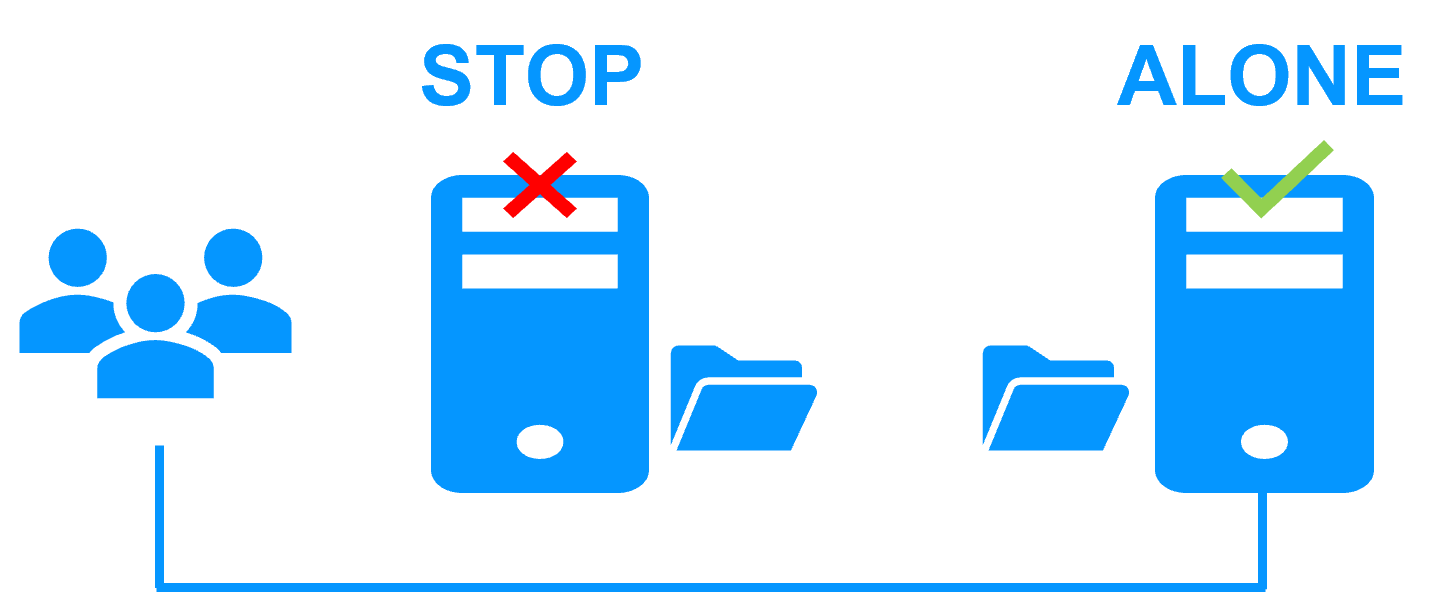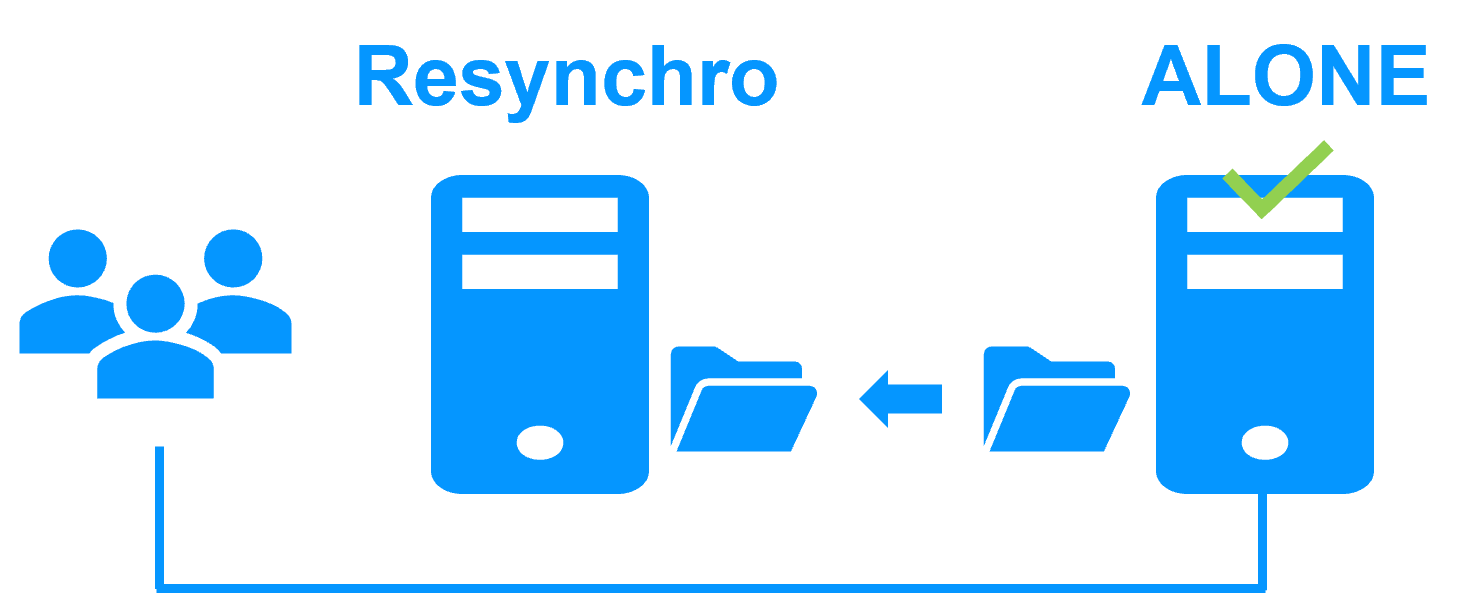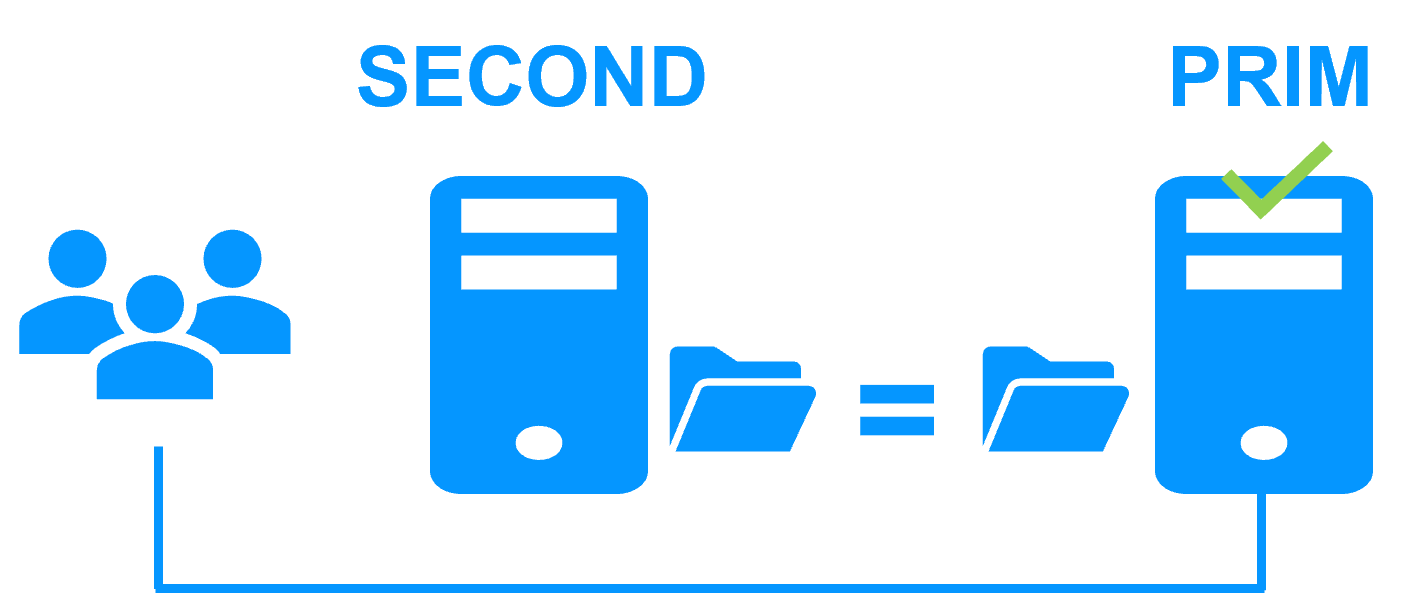Data replication techniques
Evidian SafeKit
Data replication techniques at database level, disk level or file level?
Overview
This article explores the pros and cons of data replication techniques at database level, disk level and file level for high availability clusters. We are looking at failover, failback, simplicity of implementation.
The following comparative tables explain in detail the data replication techniques implemented by SafeKit, a high availability software product.
What is the data replication technique at database level?
It is the replication of log files between two servers made by the database management system (like the SQL Server log).
For an automatic failover, it is mandatory to have synchronous replication otherwise the data of the last validated transactions will not be recovered on the secondary server after a failover.
This data replication technique replicates a database but not the other data of an application. Failover of many applications also requires the replication of other data such as configuration files.
When a server crashes and loses some database files, failback is not automatic. A skilled DBA must restore the database on the failed server.
What is the data replication technique at disk level?
It is the replication of modifications inside disks between two servers (like DRBD).
For an automatic failover, synchronous replication between the disks is mandatory for having 0 data loss.
This data replication technique can replicate databases as well as other files. But, there is a strong impact on the organization of application data. All data must be localized in the relicated disk. This may be impossible if some data to replicate are in the system disk, because this disk must remain specific to each server.
Skills are required to configure a replicated disk with a file system and to configure application data in the replicated disk.
What is the data replication technique at file level?
It is the replication of modifications inside files between two servers (like SafeKit).
For an automatic failover, real-time synchronous replication is required for having 0 data loss.
This data replication technique can replicate databases as well as other files. There is no impact on data organization for an application. For instance, if an application has its data in the system disk, real-time file replication is working.
The solution is very simple to configure as only the paths of directories to replicate are configured.
Evidian SafeKit mirror cluster with real-time file replication and failover |
|
|
3 products in 1 More info >  |
|
|
Very simple configuration More info > 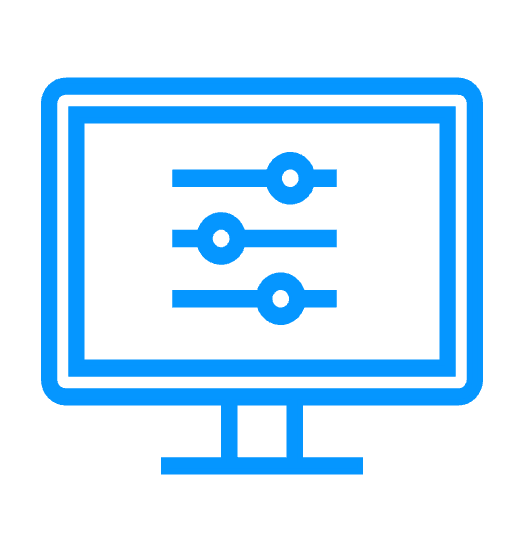 |
|
|
Synchronous replication More info > 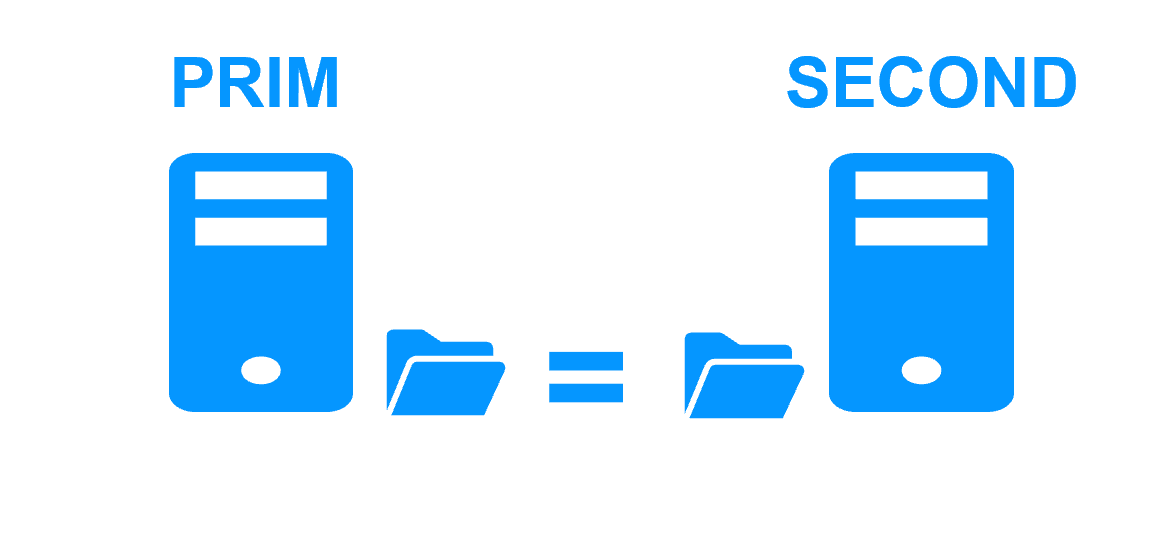 |
|
|
Fully automated failback More info > 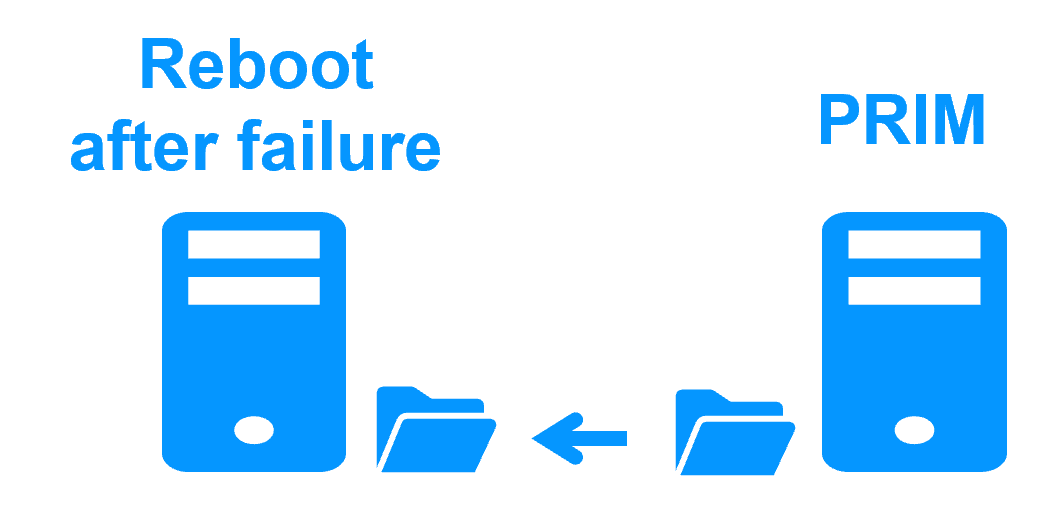 |
|
|
Replication of any type of data More info > 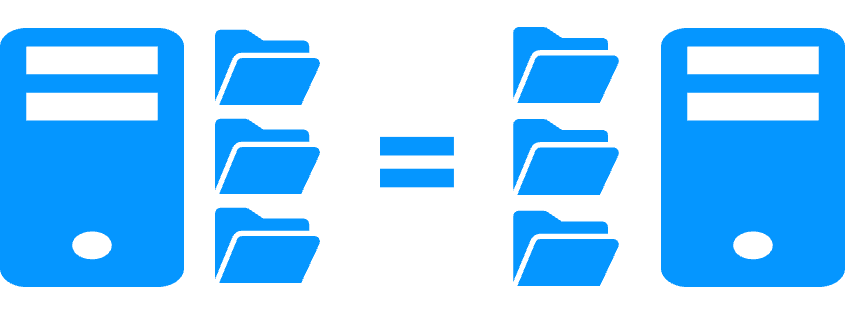 |
|
|
File replication vs disk replication More info > 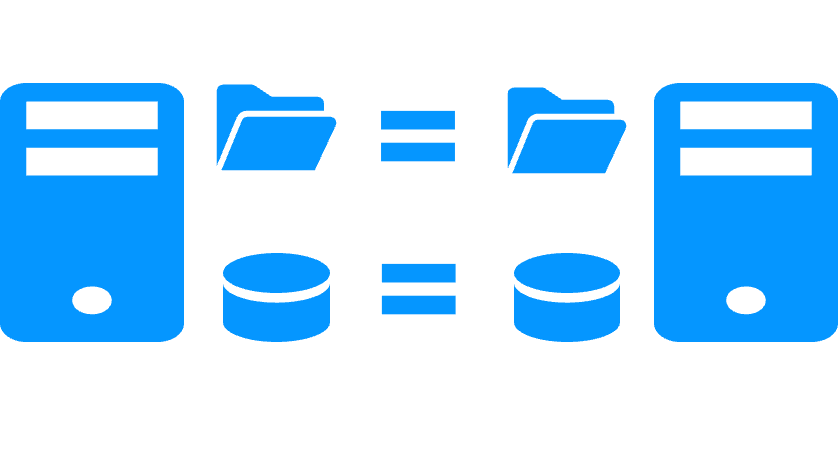 |
|
|
File replication vs shared disk More info > 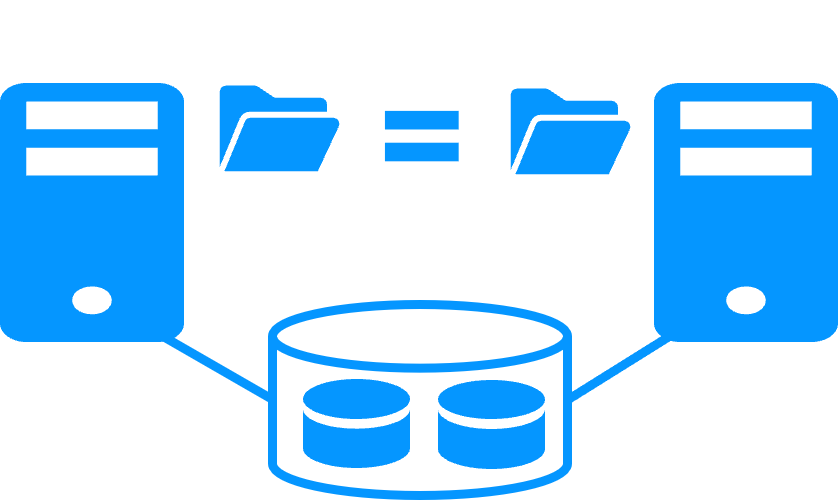 |
|
|
Remote sites and virtual IP address More info >  |
|
|
Quorum and split brain More info >  |
|
|
Active/active cluster More info >  |
|
|
Uniform high availability solution More info > 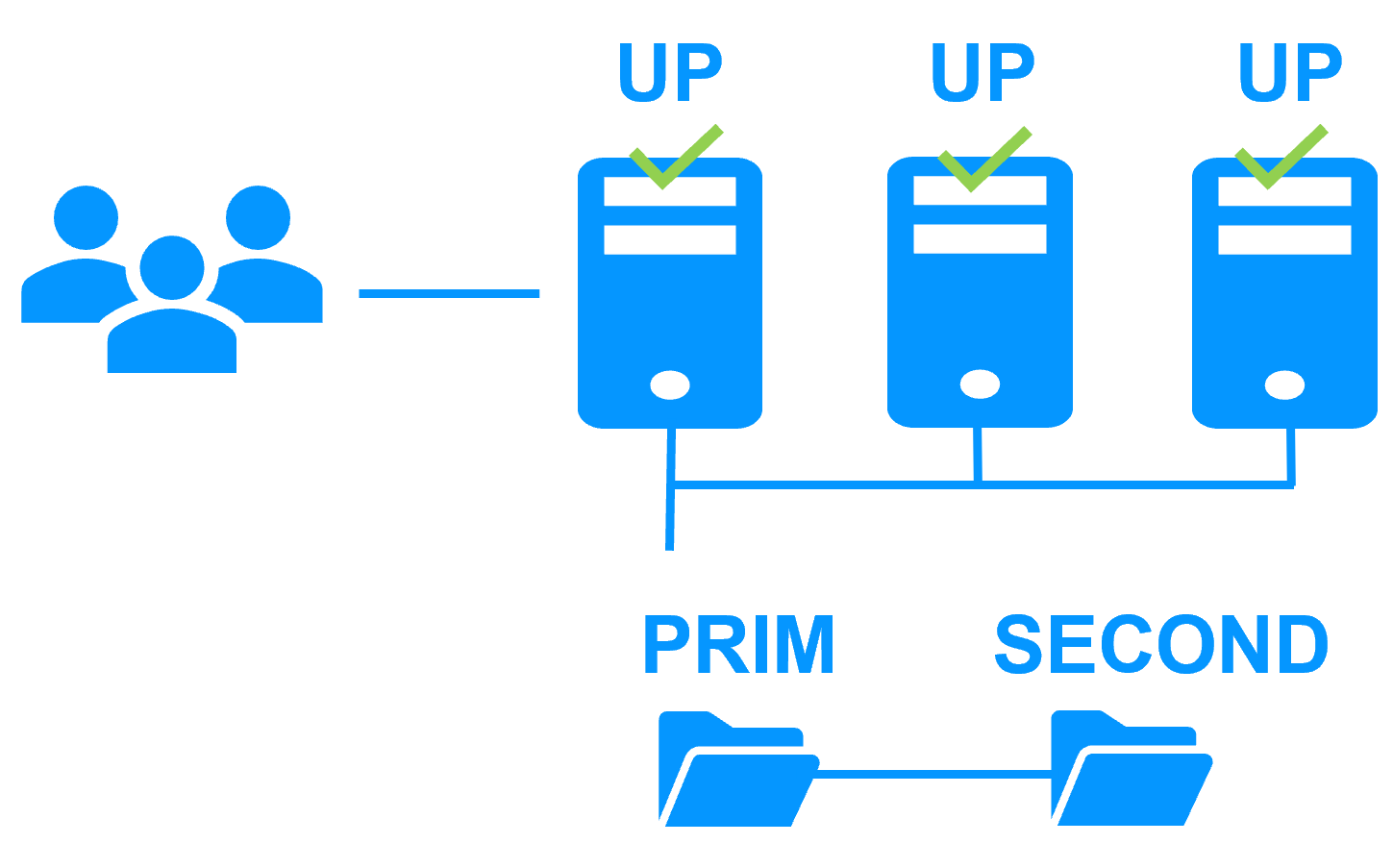 |
|
|
RTO / RPO More info > 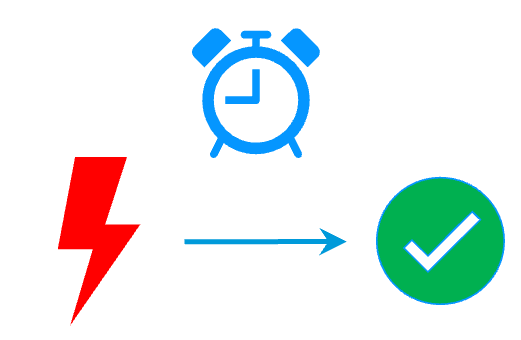 |
|
Software clustering vs hardware clustering
|
|
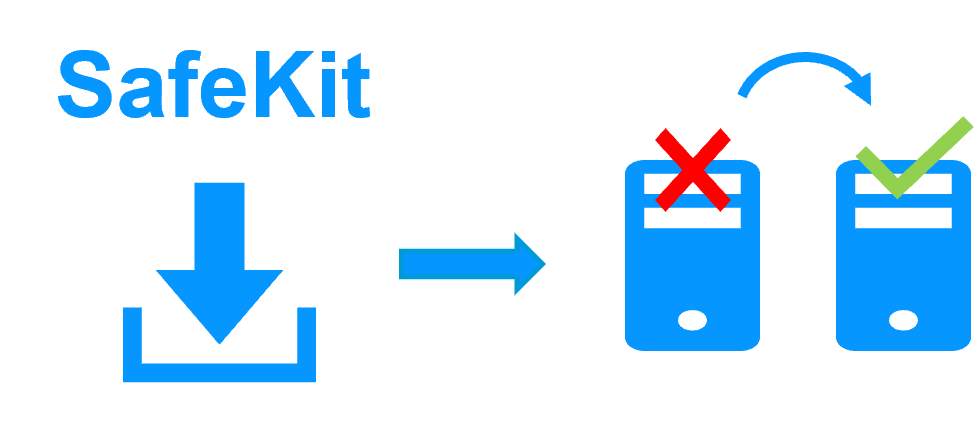
|
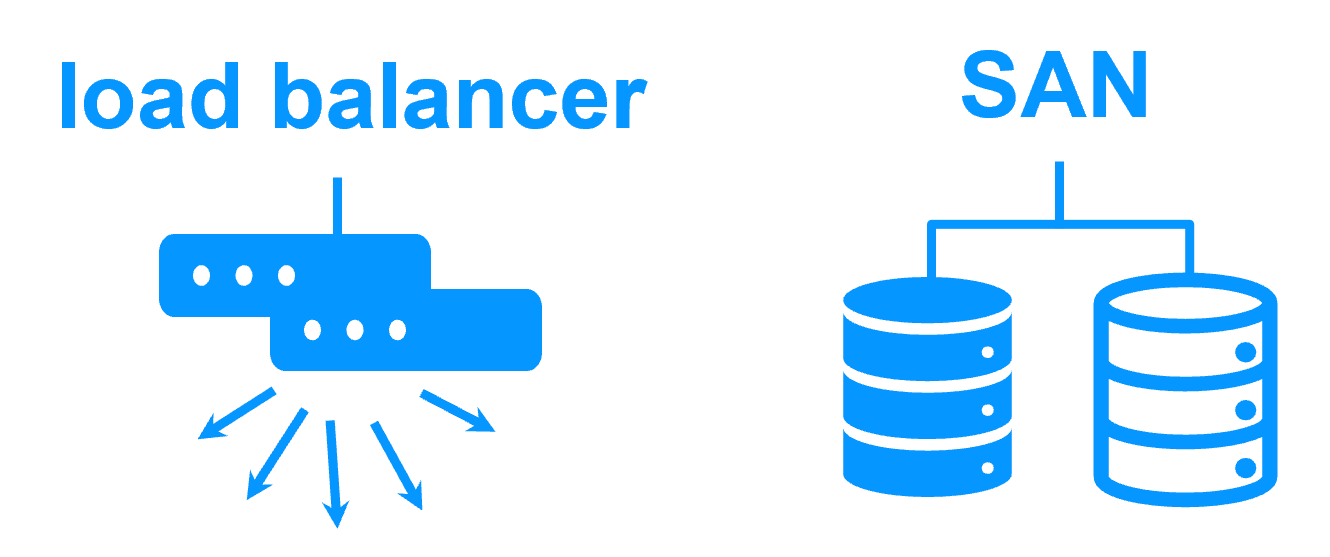
|
Shared nothing vs a shared disk cluster |
|

|
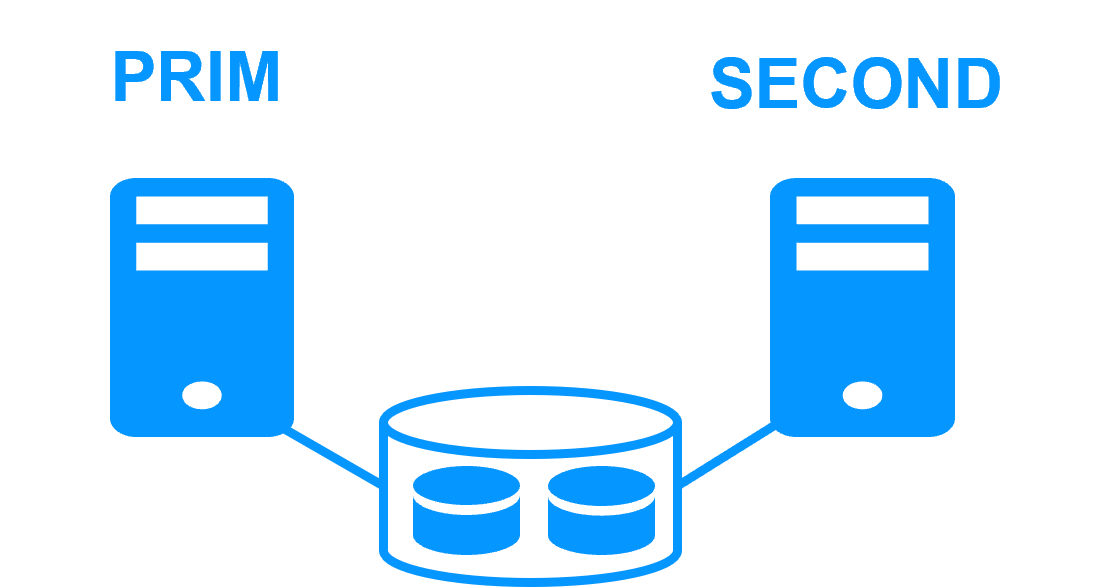
|
Application High Availability vs Full Virtual Machine High Availability
|
|
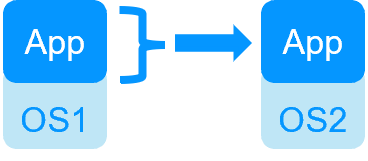
|
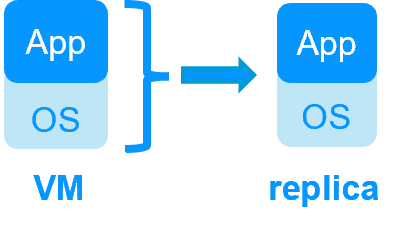
|
High availability vs fault tolerance
|
|
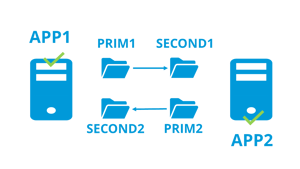
|
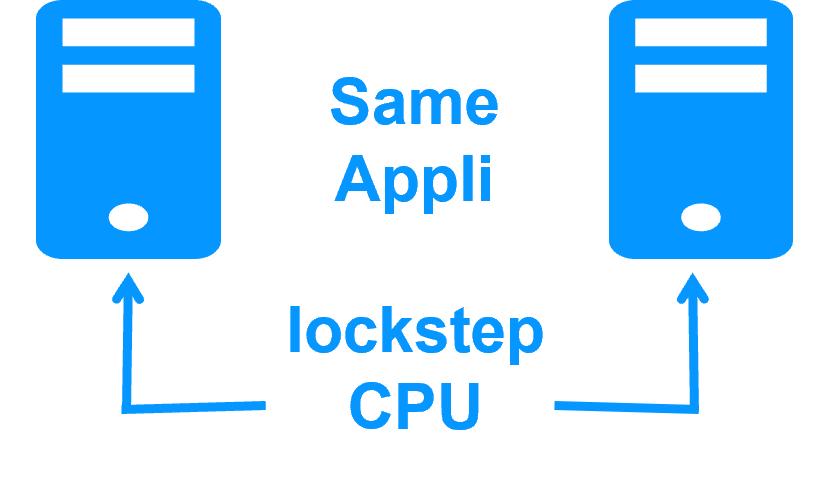
|
Synchronous replication vs asynchronous replication
|
|

|
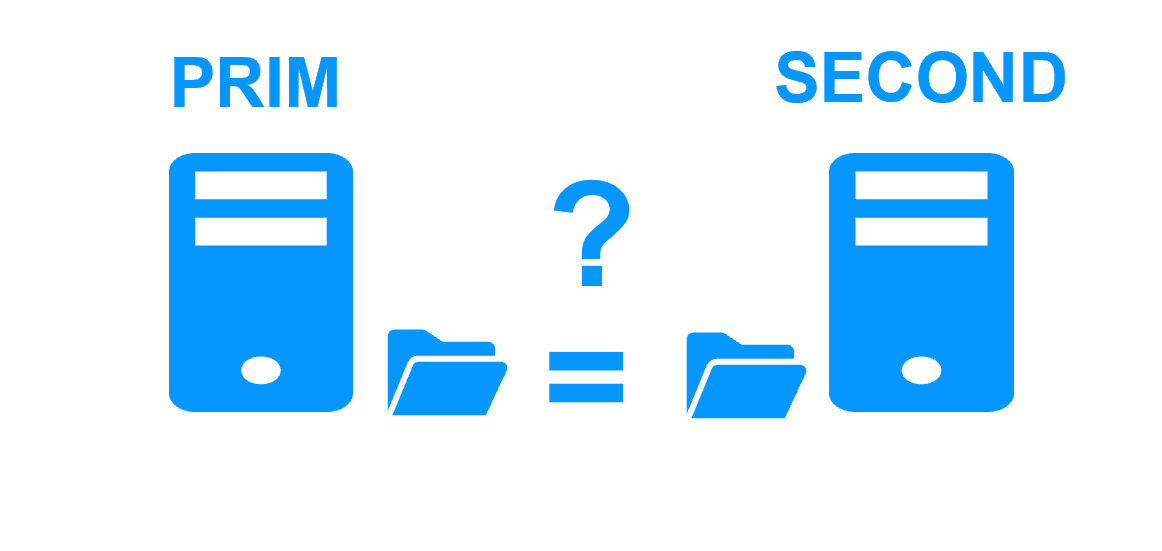
|
Byte-level file replication vs block-level disk replication
|
|

|
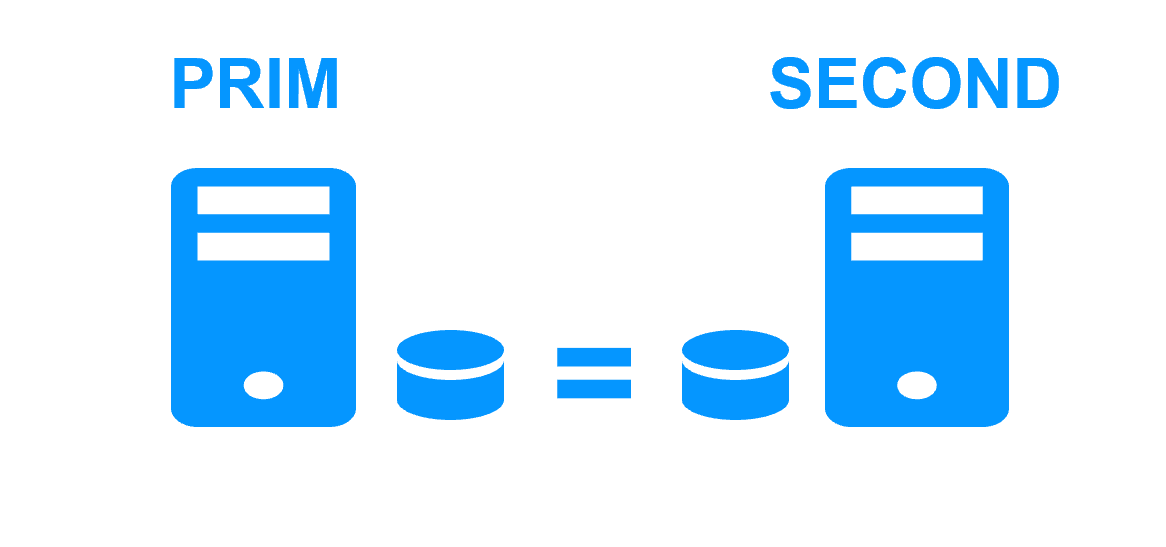
|
Heartbeat, failover and quorum to avoid 2 master nodes
|
|

|

|
Virtual IP address primary/secondary, network load balancing, failover
|
|

|

|
Evidian SafeKit farm cluster with load balancing and failover |
|
|
No load balancer or dedicated proxy servers or special multicast Ethernet address 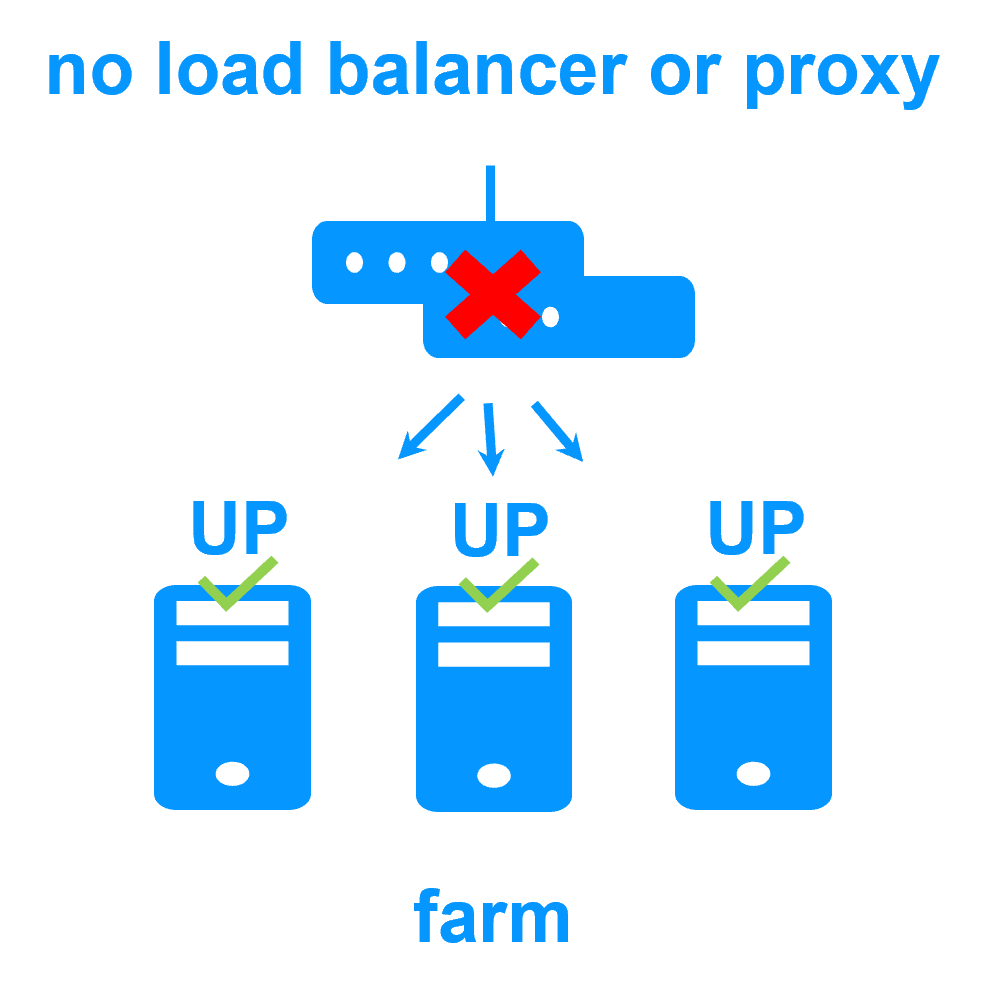
|
|
|
All clustering features 
|
|
|
Remote sites and virtual IP address 
|
|
|
Uniform high availability solution 
|
|
Step 1. Real-time replication
Server 1 (PRIM) runs the application. Clients are connected to a virtual IP address. SafeKit replicates in real time modifications made inside files through the network.
The replication is synchronous with no data loss on failure contrary to asynchronous replication.
You just have to configure the names of directories to replicate in SafeKit. There are no pre-requisites on disk organization. Directories may be located in the system disk.
Step 2. Automatic failover
When Server 1 fails, Server 2 takes over. SafeKit switches the virtual IP address and restarts the application automatically on Server 2.
The application finds the files replicated by SafeKit uptodate on Server 2. The application continues to run on Server 2 by locally modifying its files that are no longer replicated to Server 1.
The failover time is equal to the fault-detection time (30 seconds by default) plus the application start-up time.
Step 3. Automatic failback
Failback involves restarting Server 1 after fixing the problem that caused it to fail.
SafeKit automatically resynchronizes the files, updating only the files modified on Server 2 while Server 1 was halted.
Failback takes place without disturbing the application, which can continue running on Server 2.
Step 4. Back to normal
After reintegration, the files are once again in mirror mode, as in step 1. The system is back in high-availability mode, with the application running on Server 2 and SafeKit replicating file updates to Server 1.
If the administrator wishes the application to run on Server 1, he/she can execute a "swap" command either manually at an appropriate time, or automatically through configuration.
More information on power outage and network isolation in a cluster.
Why a replication of a few Tera-bytes?
Resynchronization time after a failure (step 3)
- 1 Gb/s network ≈ 3 Hours for 1 Tera-bytes.
- 10 Gb/s network ≈ 1 Hour for 1 Tera-bytes or less depending on disk write performances.
Alternative
- For a large volume of data, use external shared storage.
- More expensive, more complex.
Why a replication < 1,000,000 files?
- Resynchronization time performance after a failure (step 3).
- Time to check each file between both nodes.
Alternative
- Put the many files to replicate in a virtual hard disk / virtual machine.
- Only the files representing the virtual hard disk / virtual machine will be replicated and resynchronized in this case.
Why a failover ≤ 32 replicated VMs?
- Each VM runs in an independent mirror module.
- Maximum of 32 mirror modules running on the same cluster.
Alternative
- Use an external shared storage and another VM clustering solution.
- More expensive, more complex.
Why a LAN/VLAN network between remote sites?
- Automatic failover of the virtual IP address with 2 nodes in the same subnet.
- Good bandwidth for resynchronization (step 3) and good latency for synchronous replication (typically a round-trip of less than 2ms).
Alternative
- Use a load balancer for the virtual IP address if the 2 nodes are in 2 subnets (supported by SafeKit, especially in the cloud).
- Use backup solutions with asynchronous replication for high latency network.
New application (real-time replication and failover)
- Windows (mirror.safe)
- Linux (mirror.safe)
New application (network load balancing and failover)
Database (real-time replication and failover)
- Microsoft SQL Server (sqlserver.safe)
- PostgreSQL (postgresql.safe)
- MySQL (mysql.safe)
- Oracle (oracle.safe)
- MariaDB (sqlserver.safe)
- Firebird (firebird.safe)
Web (network load balancing and failover)
- Apache (apache_farm.safe)
- IIS (iis_farm.safe)
- NGINX (farm.safe)
Full VM or container real-time replication and failover
- Hyper-V (hyperv.safe)
- KVM (kvm.safe)
- Docker (mirror.safe)
- Podman (mirror.safe)
- Kubernetes K3S (k3s.safe)
Amazon AWS
- AWS (mirror.safe)
- AWS (farm.safe)
Google GCP
- GCP (mirror.safe)
- GCP (farm.safe)
Microsoft Azure
- Azure (mirror.safe)
- Azure (farm.safe)
Other clouds
- All Cloud Solutions
- Generic (mirror.safe)
- Generic (farm.safe)
Physical security (real-time replication and failover)
- Milestone XProtect (milestone.safe)
- Nedap AEOS (nedap.safe)
- Genetec SQL Server (sqlserver.safe)
- Bosch AMS (hyperv.safe)
- Bosch BIS (hyperv.safe)
- Bosch BVMS (hyperv.safe)
- Hanwha Vision (hyperv.safe)
- Hanwha Wisenet (hyperv.safe)
Siemens (real-time replication and failover)
- Siemens Siveillance suite (hyperv.safe)
- Siemens Desigo CC (hyperv.safe)
- Siemens Siveillance VMS (SiveillanceVMS.safe)
- Siemens SiPass (hyperv.safe)
- Siemens SIPORT (hyperv.safe)
- Siemens SIMATIC PCS 7 (hyperv.safe)
- Siemens SIMATIC WinCC (hyperv.safe)
